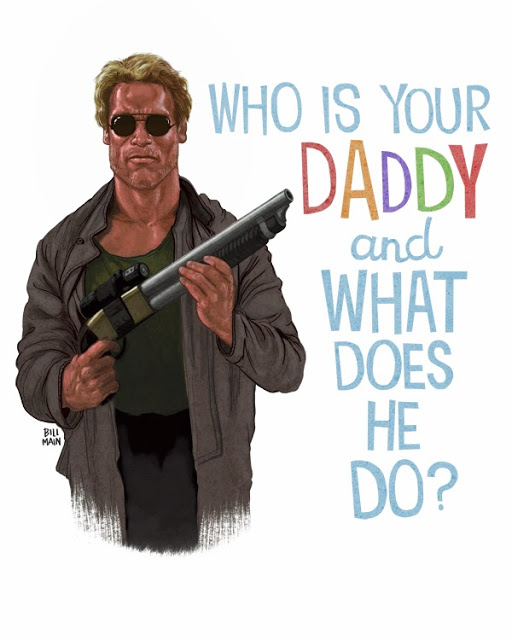Ask Not Who Your Character IS, But What He DOES
 Or, ask both. (Image credit: Bill Main)
Or, ask both. (Image credit: Bill Main)
Now that it’s November, I’m aware many of you are involved in an obscure, little-talked-about, mass binge-writing event. If you number among the participants, best of luck to you! Let me offer some help with the planning stages, so you don’t throw down 15,000 words and then realize you don’t know where the hell you’re going with it.
Oh, you’re already at that point? No worries! I’ve got some rewrites of my own to work on. Let’s rewind to square one, and talk about characters!
When sketching out a character, the easiest thing to do is throw down traits:
- loyal
- smart
- pretty
- funny
- etc.
Those descriptors are fine for initial note-making, but horrible as a full character profile. They don’t say as much as they seem to say.
Let’s take “loyal,” for instance. “Loyal” could apply to a noble paladin, or an evil minion who follows his master’s every command. Who/what is your character loyal to? How does their loyalty manifest? How far are they willing to take it? Do they draw a line somewhere to avoid becoming an accessory or a doormat, or do they let themselves become accessories/doormats?
For instance, what if you have a paladin whose friend falls on bad times, and cleans out a merchant’s till in order to feed his family? What if the friend is acting funny one night over beers, and suddenly confesses his crime to the paladin? Will your paladin be loyal to his friend (cover up the crime), or loyal to his ruler (haul his friend’s ass to ye olde gaol)? Once the paladin decides, how does he justify his actions to himself?
 Sorry, family man. If that’s a standard paladin, it’s the Land of Striped Sunlight for you! (This is why I hate Lawful Goods.)
Sorry, family man. If that’s a standard paladin, it’s the Land of Striped Sunlight for you! (This is why I hate Lawful Goods.)
In the example above, we’re chiseling out a more defined character by taking an abstract trait and transforming it into concrete actions and thoughts. We’re figuring out what the character DOES, and what lines he won’t cross- or, perhaps might cross if pushed far enough.
This will help a lot with brainstorming the ways you might show character vs. telling it. As a reader, I’d rather you describe to me the scientist who goes missing for three days, only to be found tinkering in his lab, unwashed and fully absorbed in his work, than feed me a scene where two other characters discuss how “Professor Killtron is dedicated to the point of distraction.”
The limits and exceptions you define for your characters can also be leveraged against them. Show us the “baseline” characters, then show us what they do when when their buttons are pushed, when their feet are held to the fire, when they reach a moral crossroads. This is where they’re tested and, hopefully, learn and develop. This goes into defining a character arc– I might have more to say about that later.
How do you define your characters? What do you do when you have trouble “seeing” a character? Drop me a line in the comments and let me know!